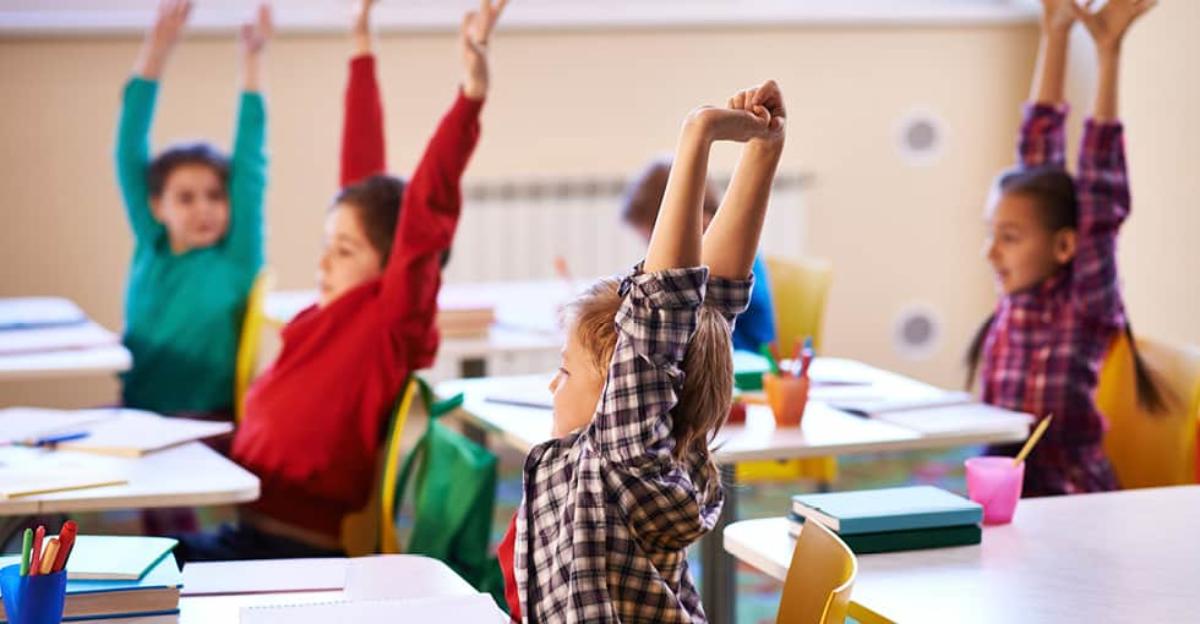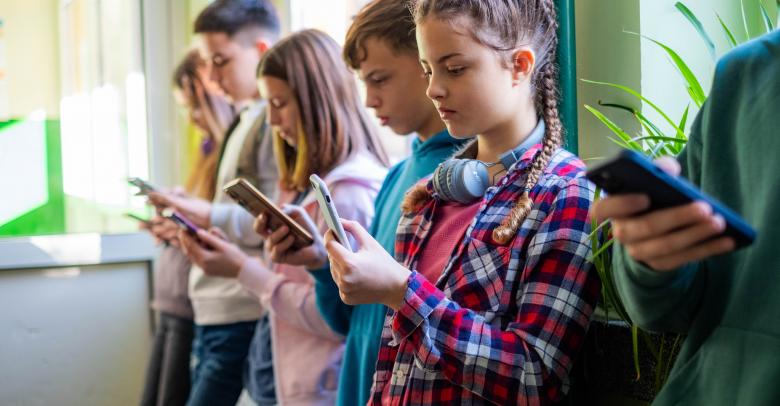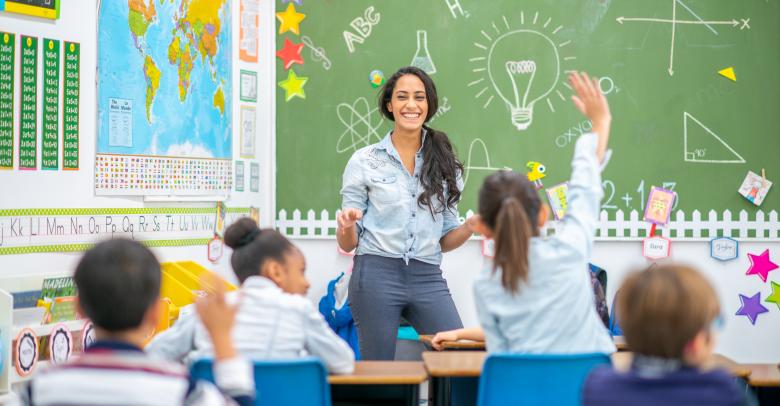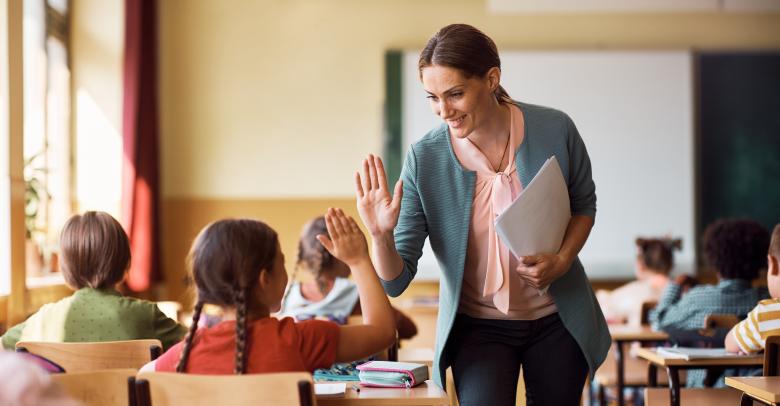Active learning is an important part of classroom strategies, particularly in a learning environment with diverse learners at different levels. Kinesthetic learning – or the incorporation of movement and physical activity – into the classroom structure can help students access information and help them stay engaged. While many people think that kinesthetic activities are difficult to plan, they can be simple and easy to incorporate into a variety of lesson structures.
Gallery walks and four corners activities are a simple way to incorporate student response and reflection into your classroom activities. Both options include setting posters or comment sheets up around the room. Students stand and circulate to different stations to record comments or questions on different topics at each station. In a gallery walk, students are responding to an existing image or idea that is posted at each station. In four corners, students choose a topic or side that interests them to begin their responses. Gallery walks and four corners can be set up quickly and used when students are lagging in responses or are uninterested. Physical movement helps them become re-engaged.
Another type of kinesthetic activity that is easy to incorporate is the use of bean bags, balls, or other objects that can be tossed from speaker to speaker in a debate. This type of physical activity helps improve hand-eye coordination and allows students to link physical activity to a response system. Students can toss the bean bag to the next student to speak in a circle, socratic seminar, or debate. This helps keep the activity on track with one person speaking at a time and also engages students’ physical learning.
One last, simple way to incorporate kinesthetic learning in your classroom is to use stretch activities and “brain breaks” between more sedentary activities. These stretch breaks can incorporate walking in place, stretching arms and legs, or simple bending exercises. These exercises help the brain oxygenate and provide important opportunities to focus and reorient. Particularly for students who struggle with sitting still or students with disabilities, these physical stretch breaks can really help students improve their focus. Incorporating physical activity and movement into the classroom need not be complicated or take a long time.
Do you have a method that works particularly well in your classroom? We’d love to hear about it!






Leave a Reply